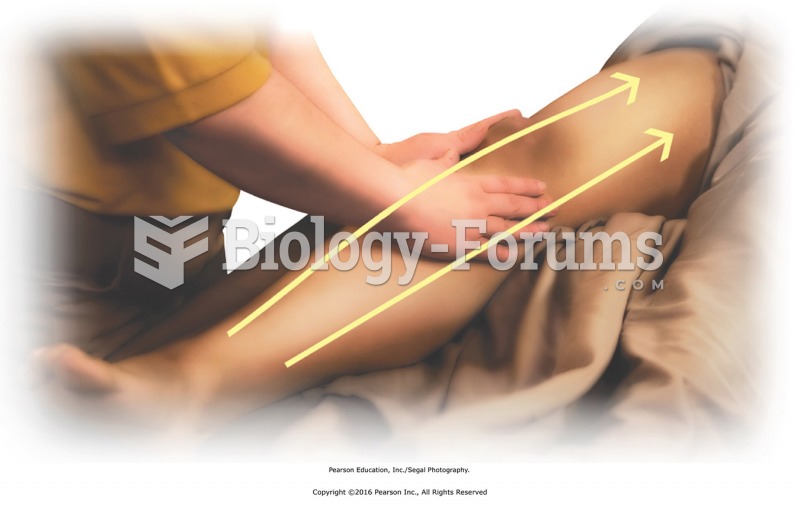Answer to Question 1
The music was sung by workers as they uprooted weeds.
The performing medium is a solo male voice.
The song is un-metered.
Answer to Question 2
By instrumentation: solo vocal (e.g., Folk song 1 and 2), group vocal (e.g., ritual song); mixed vocal & instrumental (solo and) group (e.g., Beijing opera, pop song); solo instrumental (e.g., qin solo, piano solo) and group instrumental (e.g., sizhu music, beiguan music and new folk music)
Intended audiences category: mass entertainment for people at largefolk/mass (e.g., folk song 1 and 2, ritual song, Beijing opera, pop song, sizhu music, beiguan music, new folk music); performances by specialist minorities for elite audiences (e.g., qin solo, piano solo). WOM also labels the primary social function of a performance of each genre by color-coded underlines: (A) for self-entertainment or use in small-scale, non-commercial settings (e.g., sizhu and beiguan music, qin solo); (B) for religious use - not interpreted as entertainment (e.g., ritual song); (C) for entertainment of the gods - religious entertainment (e.g., beiguan music); and (D) for paying audiences (e.g., Beijing opera, new folk music, pop song, and piano solo).
Intended audience categories are not fixed, static categories: an elitist genre such as solo piano music may start to be listened to and enjoyed by mass audiences, or mass entertainment such as Beijing opera may start to be performed by minority specialists for elite audiences.
Cultural influence category: Indigenous (e.g., folk song 1 and 2, ritual song, Beijing opera, sizhu music, beiguan music, qin solo); foreign Western-inspired (e.g., New folk music, Pop song, and piano solo)
Answer to Question 3
In spite of living in many highly varied locations, people within this zone perceive of themselves as a singular cultural entity known as Chinese.
Chinese thought and language share common principles and structures, while at the same time sustain diverse perspectives.
While there are few musical features that the Chinese share in common, on the other hand the Chinese believe their music makes them special and distinct from everyone else WOM returns to this issue at the chapter's end.
(Look over the guide to Mandarin Chinese pronunciation.)
A Cross-section of Chinese Music
Study the Grid of selected genres of Chinese music, which organizes the musical genres presented in this chapter.







